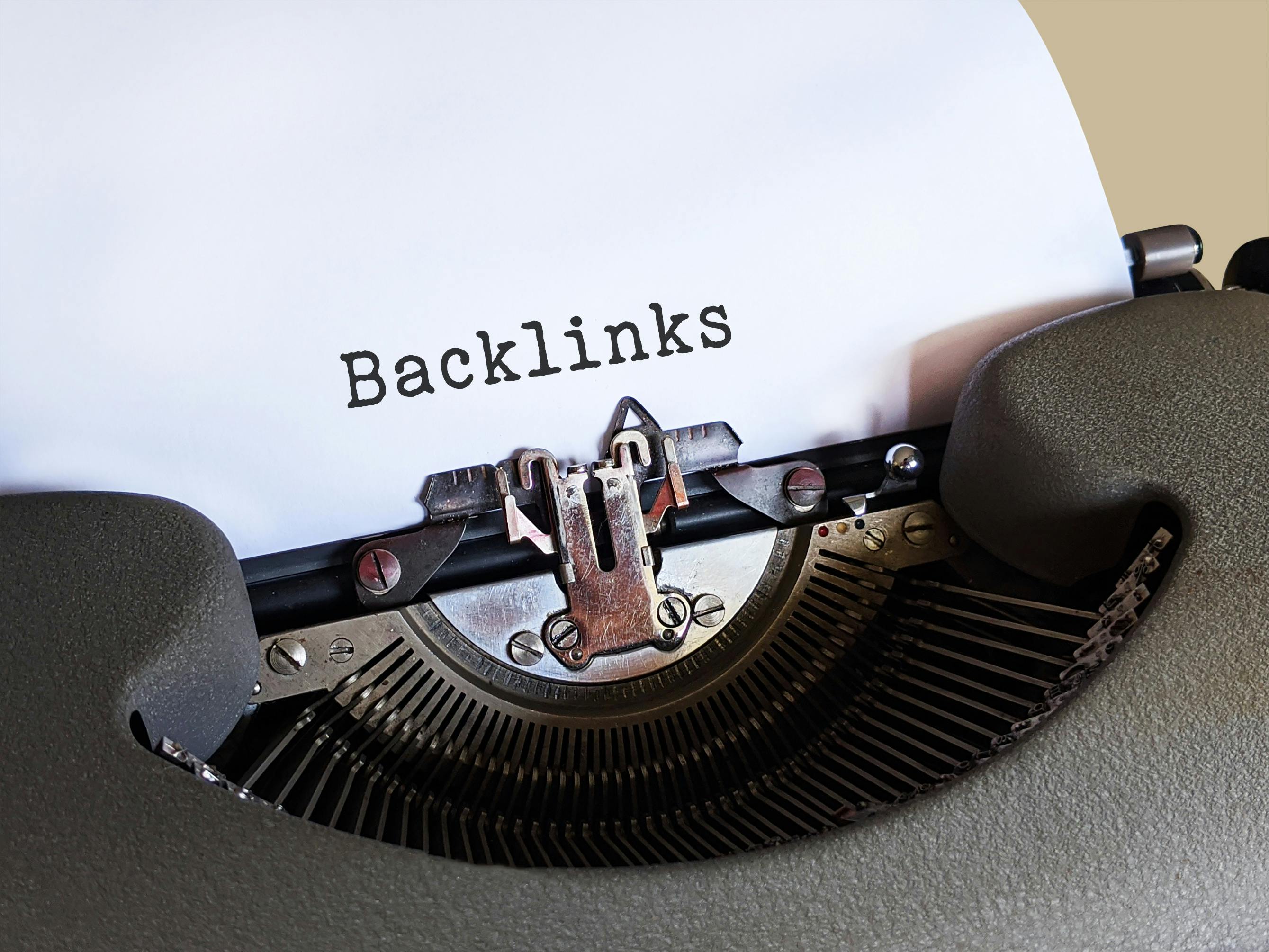Getting contextual backlinks to your website can be a great way to boost your search engine rankings and traffic. It is important to know certain basics prior to diving into.
It can take the time and effort required to obtain relevant hyperlinks. However, it’s worth it over the long term. There are numerous benefits, like higher search engine rankings and more referral traffic.
Do Contextual Backlinks work?
SEO (search engine optimization) is all about getting backlinks. They aid in ranking your site higher in Google’s SERPs and increase organic traffic.
Guest blogging is a great way to build contextual links. You should ensure that your guest blog site is pertinent to your business’s industry and your market.
Reciprocal link-building campaigns are another method of creating contextual backlinks. They can be accomplished via email or via social media.
The key is to choose websites that have high authority domains that have a relevant audience. They are more likely than other sites to either link to you or mention your company’s name in their content.
Google uses contextual backlinks in order to determine your rank. Google uses these links to better understand your website’s content by studying the context and the content of any pages linking to it.
What are context-related connections?
Contextual linking is one backlink type that helps your website rank higher in search engines. They are more valuable than traditional backlinks because they are more relevant to a specific page or topic.
Google considers contextual linking to be an endorsement that your website’s work merits better position. They give credibility to both the source link and the site that is linked to.
The most effective contextual links are organic and come from high-quality websites. They should be placed in the context of content that is logical and is relevant to your industry or niche and your business.
You can boost your site’s visibility and rank in search engines by incorporating more contextual hyperlinks. It’s also a good way to establish your brand as an expert in the field you work in.
2.0 Web 2.0 Contextual backlinks
Web 2.0 contextual links are hyperlinks that are embedded within the text of an article or content. These links are very valuable as they enable search engines to recognize the content’s context and rank it accordingly.
They are an effective instrument for building high-quality backlinks. However, they need to be done properly. These techniques should not be employed too frequently. There is a chance that you will fall for links-building techniques that are not legal, and can harm the effectiveness of your SEO efforts.
It is important to create high-quality hyperlinks, not just some from the Web 2.0 platforms. Additionally, it’s essential to employ white-hat methods in the creation of these links to ensure that Google does not penalize your site.
How to find Contextual Links
Contextual links are among the most effective types of links that are external to search engines. They come from reliable sources that are relevant and useful for the information they link to.
The development of relationships with domains with high authority is essential to getting relevant links. You can accomplish this by guest posts, interviews and other link building strategies.
If you implement these strategies properly, you’ll be able to create a network of sites with high-quality content that will link back to yours. This will lead to increased traffic and better ranking for your site.
 You can also gain contextual links through using internal hyperlinks which are links within your site’s content that link to other pages of your site that provide pertinent and useful information. This keeps your visitors interested and encourages them stay longer on your website, which is good for SEO.
You can also gain contextual links through using internal hyperlinks which are links within your site’s content that link to other pages of your site that provide pertinent and useful information. This keeps your visitors interested and encourages them stay longer on your website, which is good for SEO.

